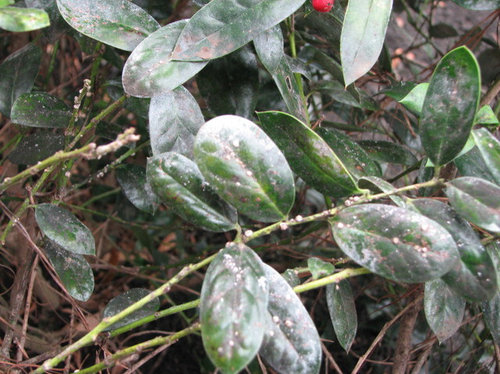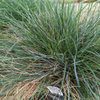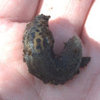Help!! Scale, I think?
jennyrios3
11 years ago
Related Stories

SMALL SPACESDownsizing Help: Think ‘Double Duty’ for Small Spaces
Put your rooms and furnishings to work in multiple ways to get the most out of your downsized spaces
Full Story
DECORATING GUIDESDownsizing Help: Color and Scale Ideas for Comfy Compact Spaces
White walls and bitsy furniture aren’t your only options for tight spaces. Let’s revisit some decorating ‘rules’
Full Story
BATHROOM WORKBOOKStandard Fixture Dimensions and Measurements for a Primary Bath
Create a luxe bathroom that functions well with these key measurements and layout tips
Full Story
DECLUTTERINGDownsizing Help: Choosing What Furniture to Leave Behind
What to take, what to buy, how to make your favorite furniture fit ... get some answers from a homeowner who scaled way down
Full Story
DECLUTTERINGDownsizing Help: How to Get Rid of Your Extra Stuff
Sell, consign, donate? We walk you through the options so you can sail through scaling down
Full Story
MODERN ARCHITECTUREBuilding on a Budget? Think ‘Unfitted’
Prefab buildings and commercial fittings help cut the cost of housing and give you a space that’s more flexible
Full Story
DECORATING GUIDESPro to Pro: Learn Your Client’s Thinking Style
Knowing how someone thinks can help you determine the best way to conduct an interior design presentation
Full Story
HOUZZ TOURSHouzz Tour: Visionary Thinking Clicks With a San Francisco Entrepreneur
An open mind and an unusual process help a successful software engineer get an interior design that suits and celebrates his life
Full Story
DECORATING GUIDESHow to Use Full-Scale Decor to Make a Small Space Feel Bigger
With a less-is-more approach, even oversize furnishings can help a compact area seem roomier
Full Story
ROOM OF THE DAYRoom of the Day: Right-Scaled Furniture Opens Up a Tight Living Room
Smaller, more proportionally fitting furniture, a cooler paint color and better window treatments help bring life to a limiting layout
Full StoryMore Discussions










jean001a
jennyrios3Original Author
Related Professionals
Ferndale Landscape Architects & Landscape Designers · Port Royal Landscape Architects & Landscape Designers · Saint Matthews Landscape Architects & Landscape Designers · Sand Springs Landscape Architects & Landscape Designers · Finneytown Landscape Architects & Landscape Designers · Amesbury Landscape Contractors · Burien Landscape Contractors · Gaithersburg Landscape Contractors · Longmont Landscape Contractors · Milford Mill Landscape Contractors · Pikesville Landscape Contractors · Round Lake Landscape Contractors · West Palm Beach Landscape Contractors · Palos Heights Landscape Contractors · Jericho Stone, Pavers & Concreteken_adrian Adrian MI cold Z5
jennyrios3Original Author
ronalawn82
Kimmsr